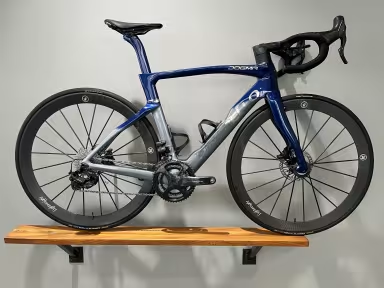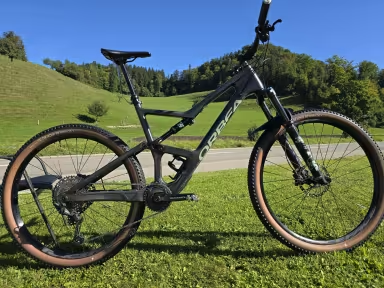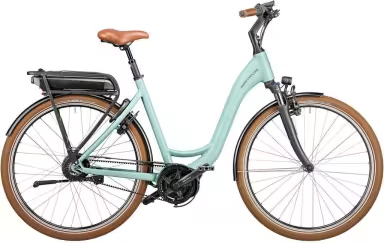Classic Bikes Recumbent Bicycle
12 Recumbent Bicycles

HP Velotechnik Scorpion 2

HP Velotechnik Gekko Fx26 Neodrive

HP Velotechnik Scorpion Fs26 Ep801 Cues Di2 - Crg

HP Velotechnik Speedmachine S-Pedelec 45Km/H

HP Velotechnik Speedmachine S-Pedelec 45Km/H

HP Velotechnik Speedmachine S-Pedelec 45Km/H

HP Velotechnik Scorpion Fs20 Hands-On-Cycle

HP Velotechnik Streetmachine Rohloff

Fateba L3

Fateba L3-Tourer

Fateba L3

Fateba Longbike L3
Buying advice for: Other: Recumbent Bicycle
Frame material
The recumbent bike has a frame made of high-quality materials to ensure stability, comfort and durability. Aluminium and steel are the most common materials for recumbent frames. Aluminium frames offer an optimal combination of lightness and strength, resulting in a manoeuvrable yet stable ride. Steel frames, on the other hand, are known for their robustness and durability, making them ideal for everyday use. The frame geometry is specially tailored to the needs of recumbent cyclists and offers an ergonomic riding position as well as a good balance between agility and stability.
Chassis
The recumbent's chassis is designed to maximise riding comfort and stability, especially on longer distances and different road surfaces. High-quality suspension on the front axle ensures effective damping of shocks and bumps. These suspension systems are often adjustable to suit personal driving style and terrain conditions. This allows the driver to optimise the suspension for maximum traction and comfort. The suspension components are lightweight and robust to ensure reliable performance on different surfaces.
Wheels
The recumbent's wheels are designed to provide an optimum balance between speed, stability and comfort. They are usually made of high-quality aluminium or durable plastic and are available in different sizes to meet the different needs of riders. Larger wheels offer improved obstacle rollover and increased speed, while smaller wheels are more manoeuvrable and agile. The bearings of the wheels are precision manufactured to ensure smooth rotation, while the tyres are made of high quality rubber to ensure good grip and durability.
Tyres
The recumbent's tyres offer an optimal combination of grip, rolling resistance and durability. They have a tread pattern that ensures good traction on a variety of surfaces, from smooth roads to light off-road conditions. The tyre width and tread design are tailored to the requirements of recumbent cyclists to ensure a safe and comfortable ride. Many models are equipped with air-filled tyres to effectively dampen bumps on the road and provide a comfortable ride.
Brakes
The recumbent's brakes provide reliable deceleration and control to come to a safe and comfortable stop. Foot brakes are the most common type of brakes on recumbent bikes and are operated by applying pressure to the wheel. They are easy to use and are also effective in wet conditions. Some models also have hand brakes, which provide additional control and deceleration. The brakes are made of high-quality materials to ensure a long service life and reliable performance. Overall, the recumbent offers a comfortable, efficient and ergonomic way to get around.
More interesting bikes

Pinarello Dogma F

Orbea Occam M30

Riese & Müller Swing vario

